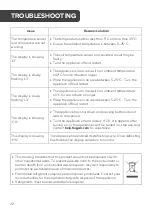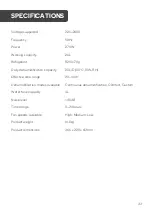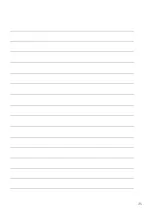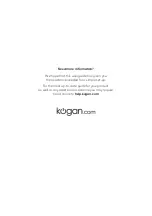
29
Removal and evacuation
When breaking into the refrigerant circuit to make repairs – or for any other purpose –
conventional procedures shall be used. However, for flammable refrigerants, best practice
must be followed since flammability is a consideration. The following procedure shall be
adhered to:
•
Remove refrigerant
•
Purge the circuit with inert gas
•
Evacuate
•
Purge with inert gas
•
Open the circuit by cutting or brazing.
The refrigerant charge shall be recovered into the correct recovery cylinders. For appliances
containing flammable refrigerants, the system shall be purged with oxygen-free nitrogen to
render the appliance safe for flammable refrigerants. This process may need to be repeated
several times. Compressed air or oxygen shall not be used for purging refrigerant systems.
For appliances containing flammable refrigerants, refrigerant purging shall be achieved by
breaking the vacuum in the system with oxygen-free nitrogen and continuing to fill until the
working pressure is achieved, then venting to the atmosphere and finally pulling down to a
vacuum. This process shall be repeated until no refrigerant is within the system. When the
final oxygen-free nitrogen charge is used, the system shall be vented down to atmospheric
pressure to enable work to take place. This operation is vital if brazing operations on the
pipework are to take place.
Ensure that the outlet for the vacuum pump is not close to any potential ignition sources
and that ventilation is available.
Charging procedures
In addition to conventional charging procedures, the following requirements shall be
followed.
•
Ensure that contamination of different refrigerants does not occur when using
charging equipment. Hoses or lines shall be as short as possible to minimise the
amount of refrigerant contained in them.
•
Cylinders shall be kept in an appropriate position according to the instructions.
•
Ensure that the refrigerating system is earthed before charging the system with
refrigerant.
•
Label the system when charging is complete (if not already).
•
Extreme care shall be taken not to overfill the refrigerating system.
•
Before recharging the system, it shall be pressure-tested with the appropriate purging
gas.
•
The system shall be leak-tested on completion of charging and before
commissioning. A follow-up leak test shall be carried out before leaving the site.
Summary of Contents for SMARTERHOME KASMDHM20LA
Page 1: ...KOGAN SMARTERHOME SMART DEHUMIDIFIER 20L KASMDHM20LA ...
Page 34: ...34 NOTES ...
Page 35: ...35 ...








































